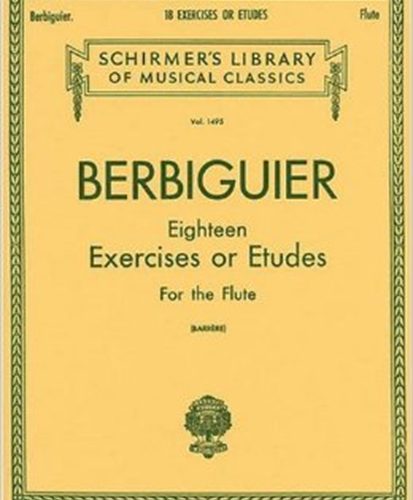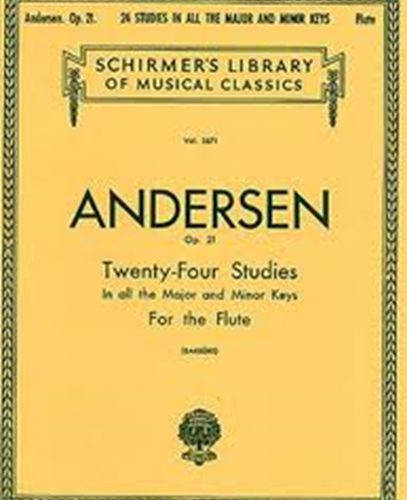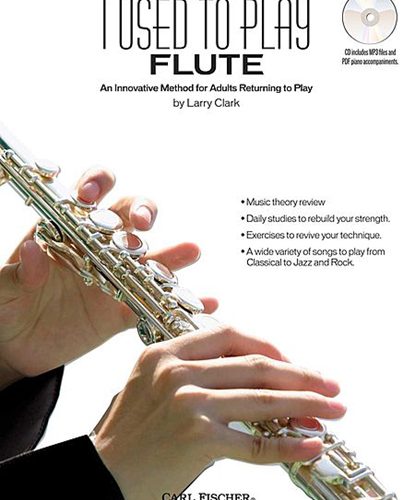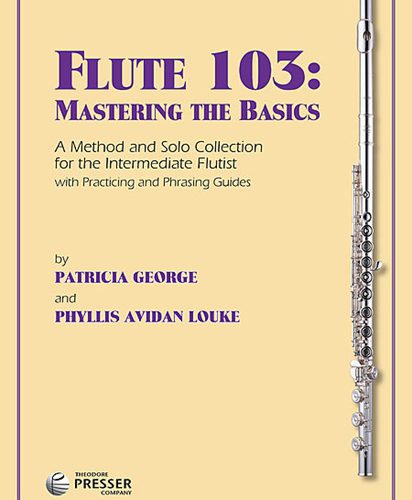The history of African Slavery in South America is similar in many ways to its North American counterpart. In spite of all the atrocities, the restrictions, sadness and frustration, the African communities found a deep, vital connection with their ancestors through music and dance; they also welcomed native indigenous peoples who were also often enslaved, and their cultures, into their musical practice and rituals.
In the Caribbean coastal areas of Colombia, the magic of music and dance was often invoked at night; gathering to dance around a camp fire, chanting, playing drums of all sizes, indigenous flutes, such as the gaitas, or the powerful flauta de millo, which is in fact a transverse relative of the clarinet, and of course shakers such as the maracas….the whole community of slaves unified and was allowed to exist around music.
It is said that the rattling of the shackles on their feet became the rhythmic base of the national genre Colombians call Cumbia, with its classic rhythmic base now being performed by the guasa (wooden cylindric shaker filled with small seeds) and a small drum called llamador, both only marking the up-beats.
In this particular Flute Choir, the sound of the guasa is represented by the “Tsh” attach (an airy and percussive transient attack is preferred over purity of tone).
The score includes another type of attack, like a slap and then a bit of air, marked “Th”, representing the beat of a drum.
The Cumbia always conveys a melancholic mood, often envoking the struggles and sufferings of a colonial past. It is in our spirit and actions that we can learn from it transforming, as in music, sadness into love.
-Carmen Marulanda





